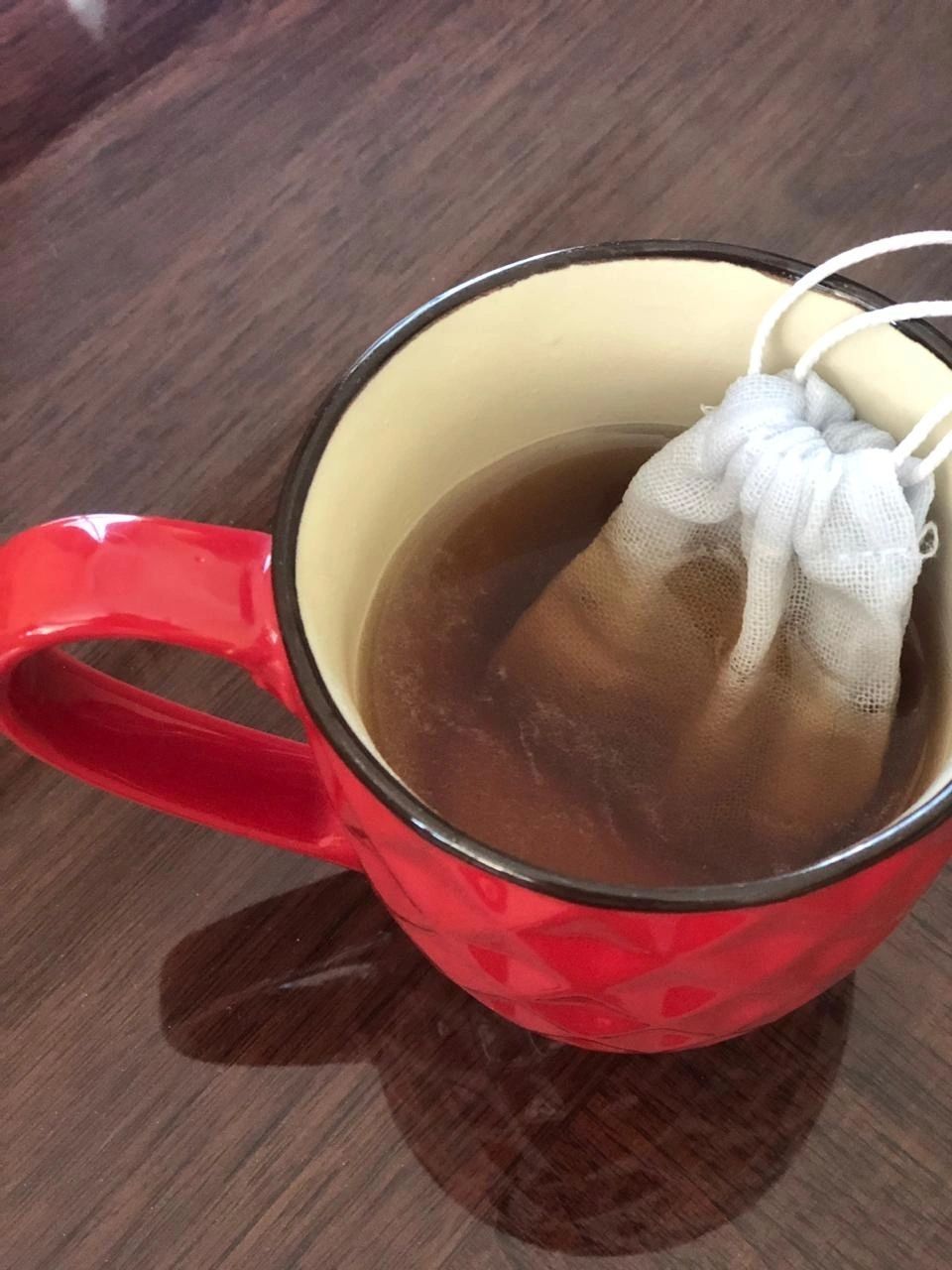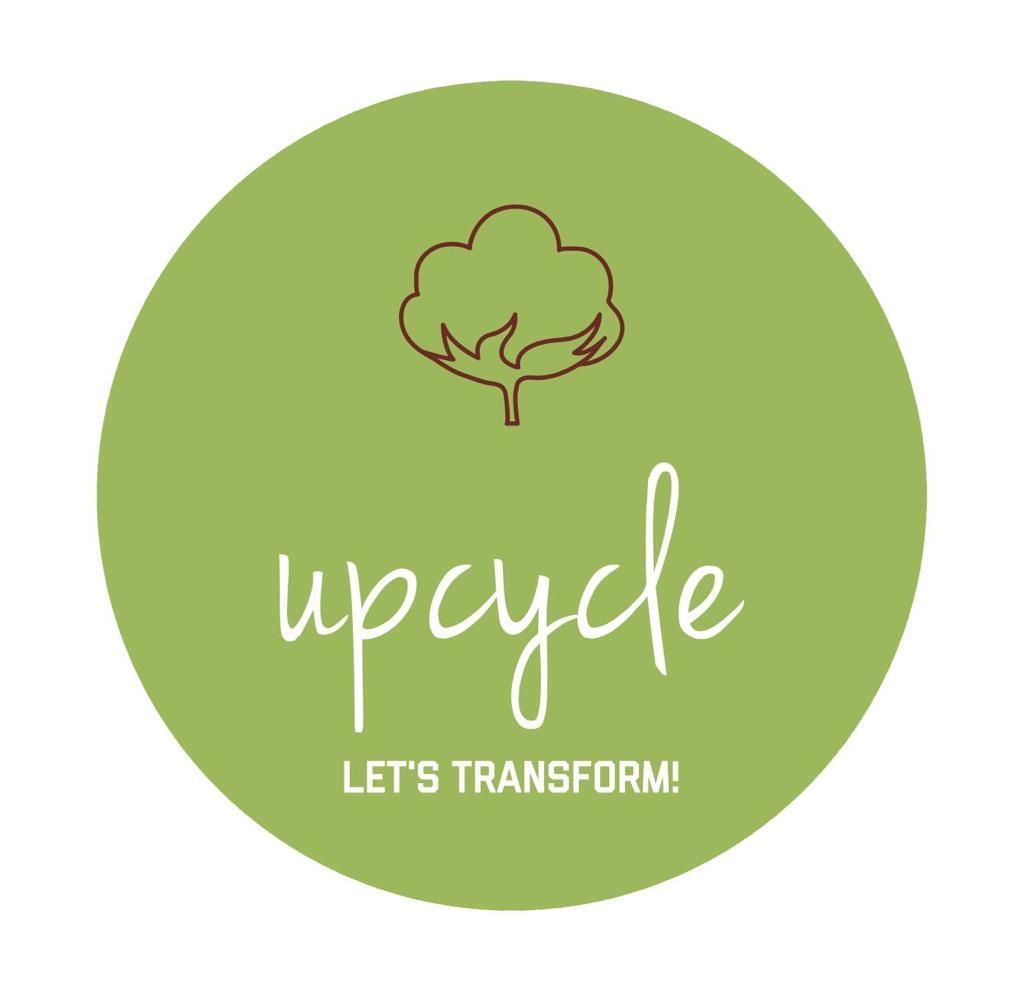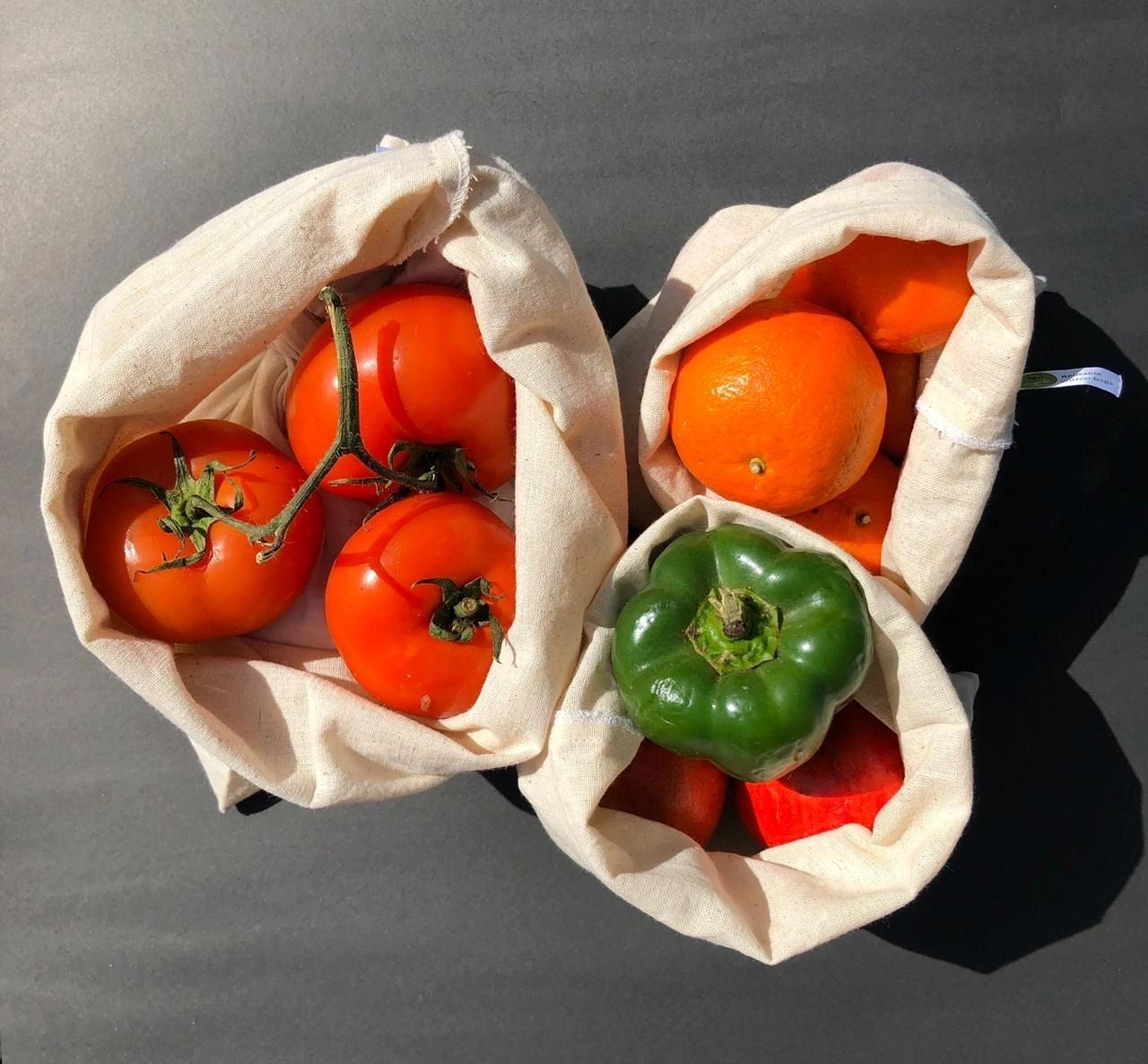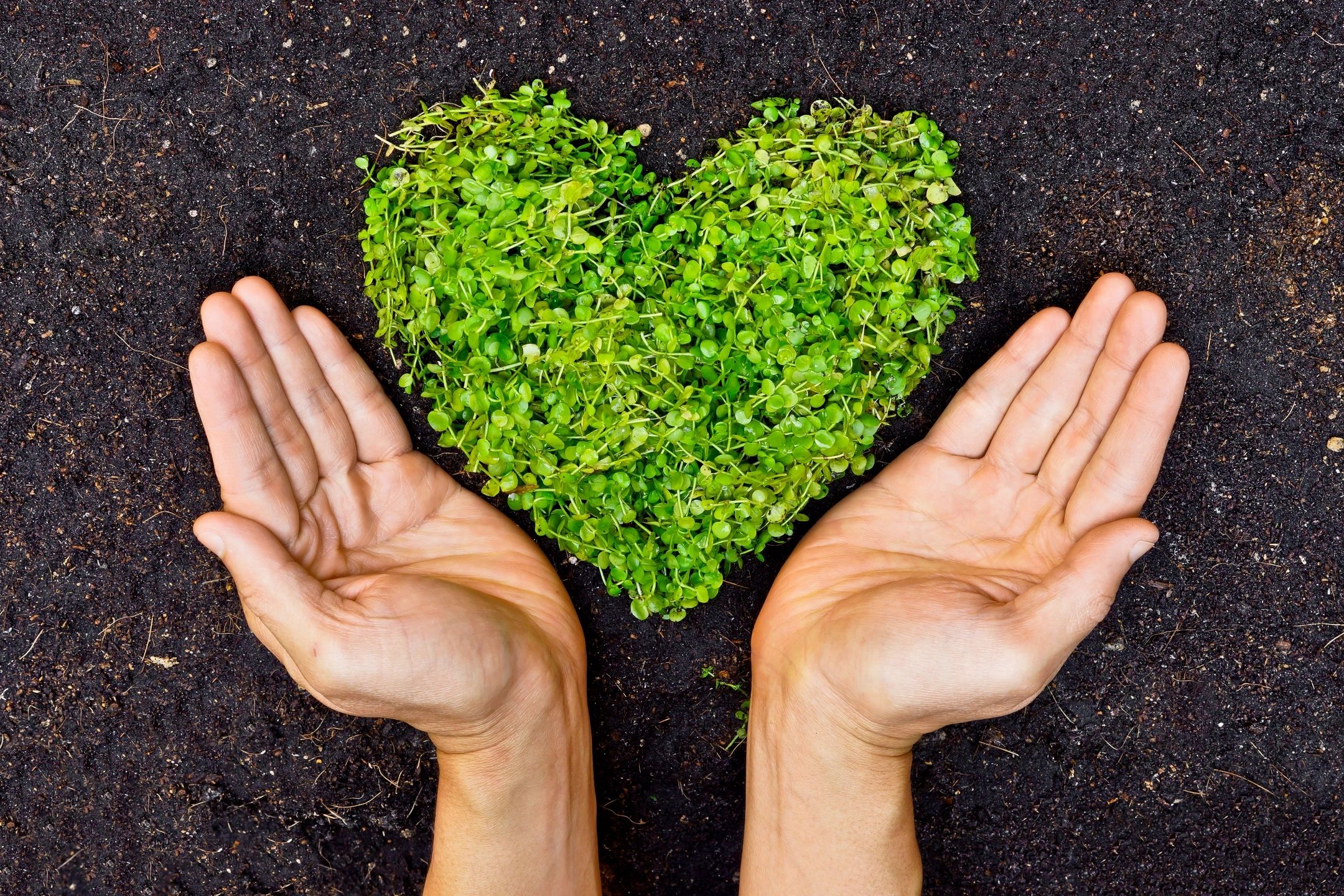How to use our reusable Tea bag
September 29, 2022

It may be hard to believe, but most brands of tea bags which you get in the market contain plastic. We always believed that they are made of paper and hence they are good for the environment. But in order to stop tea b...





